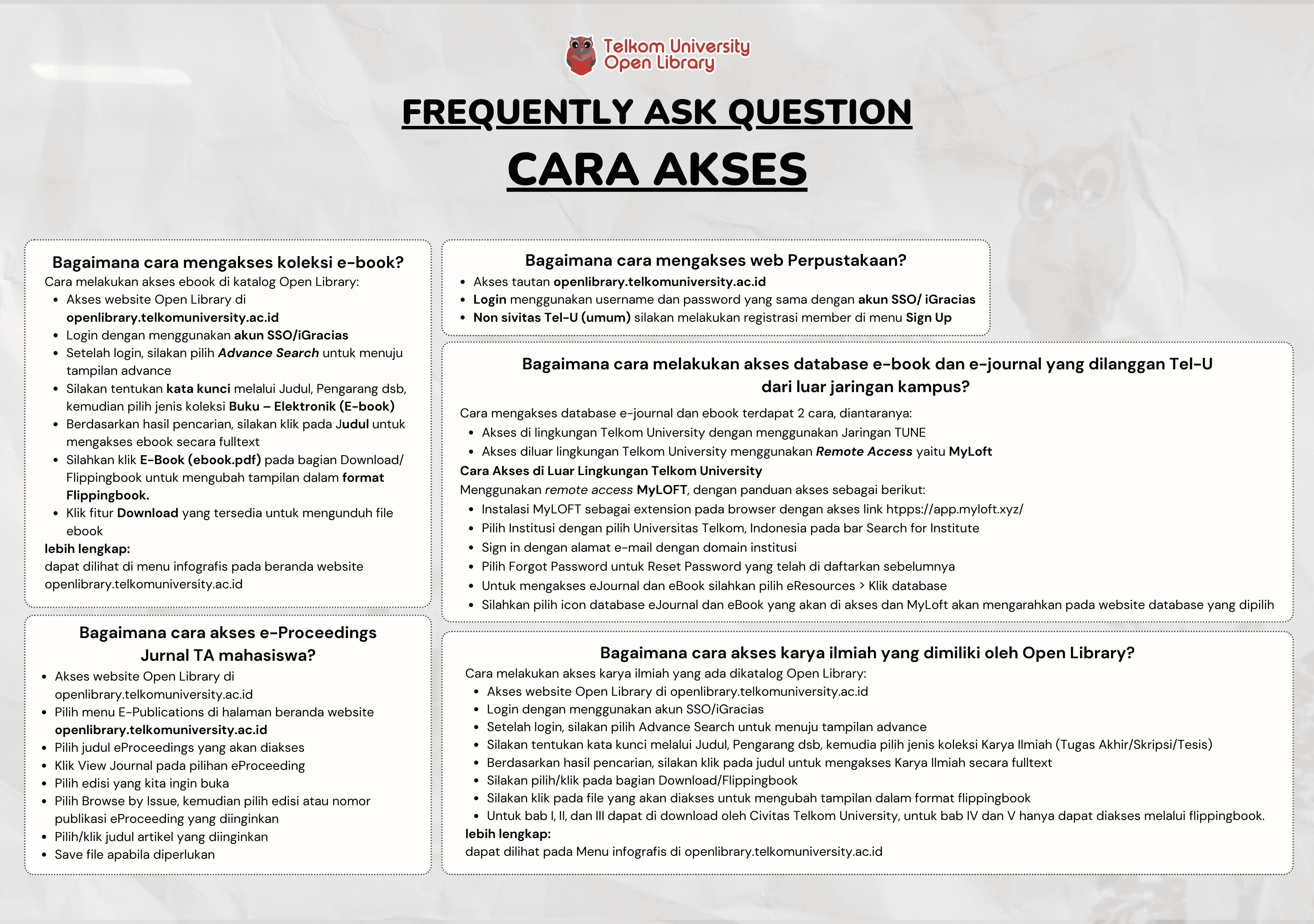SURFACE CLUTTER REDUCTION FOR SFCW GROUND PENETRATING RADAR
QUEEN HESTI RAMADHAMY

Informasi Umum
Kode
20.04.976
Klasifikasi
621.382 2 - Signal processing, Information theory
Jenis
Karya Ilmiah - Skripsi (S1) - Reference
Subjek
Signal Processing - Electronic Communication
Dilihat
345 kali
Informasi Lainnya
Abstraksi
Ground Penetrating Radar (GPR) utilizes electromagnetic waves to be transmitted to the ground and have a non-destructive technique. In the detection process, electromagnetic waves touch the surface clutter and then it will continue to underground to detect the buried object. Ground reflected signal, called ground clutter, is received along with target reflected signal that sometimes unwanted. Therefore, it is important to reduce surface clutter to clarify the results of the reflection of buried objects.
A vector network analyzer (VNA) is used as a GPR model with two antennas to detect a buried object in the heterogeneous ground which a buried object is modelled by a can. The frequency range of the VNA is 0.3–8000 MHz. The output of VNA is raw data that is processed in software to get A-scan data at one point. Surface clutter reduction is performed at all points taken by the averaging method. In this experiment, object detection has two scenarios which are scenarios A and B where the object is buried on 3 cm and 10 cm, respectively.
The result obtained after the surface clutter reduction process in scenario A is the disruption of the hyperbolic signal from the object due to its position adjacent to the surface clutter. Whereas in scenario B, the hyperbolic signal from the object is not disturbed due to its position far from the surface clutter. However, the hyperbolic signal of scenario A is clearer than scenario B. For scenario A, the accuracy that obtained is 99.95% meanwhile the accuracy that achieves in scenario B is 99.728%.
Koleksi & Sirkulasi
Seluruh (1) koleksi tidak tersedia
Anda harus log in untuk mengakses flippingbook
Pengarang
| Nama | QUEEN HESTI RAMADHAMY |
| Jenis | Perorangan |
| Penyunting | ERFANSYAH YUDHI EKA ALI, ALOYSIUS ADYA PRAMUDITA |
| Penerjemah |
Penerbit
| Nama | Universitas Telkom, S1 Teknik Telekomunikasi |
| Kota | Bandung |
| Tahun | 2020 |
Sirkulasi
| Harga sewa | IDR 0,00 |
| Denda harian | IDR 0,00 |
| Jenis | Non-Sirkulasi |




















